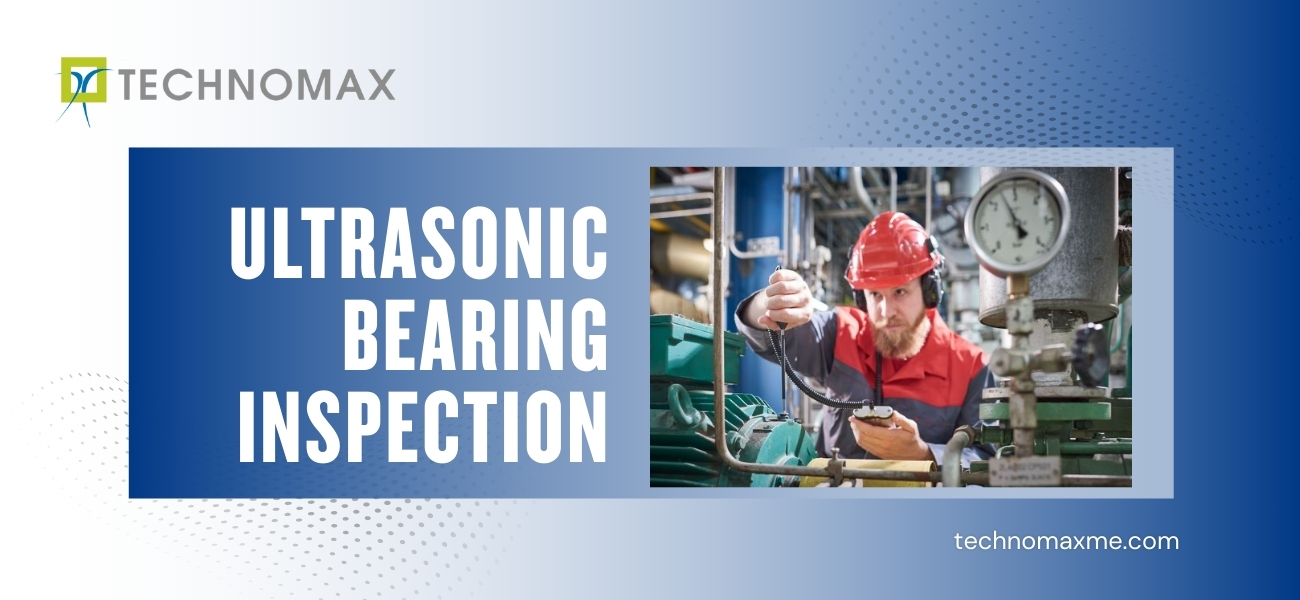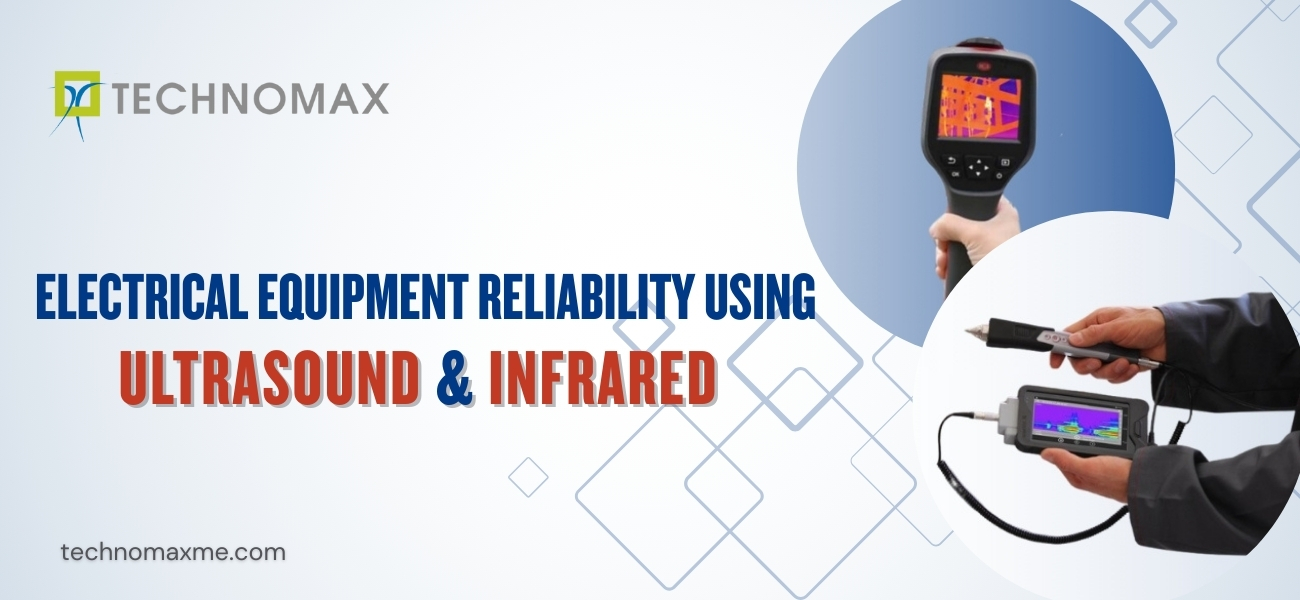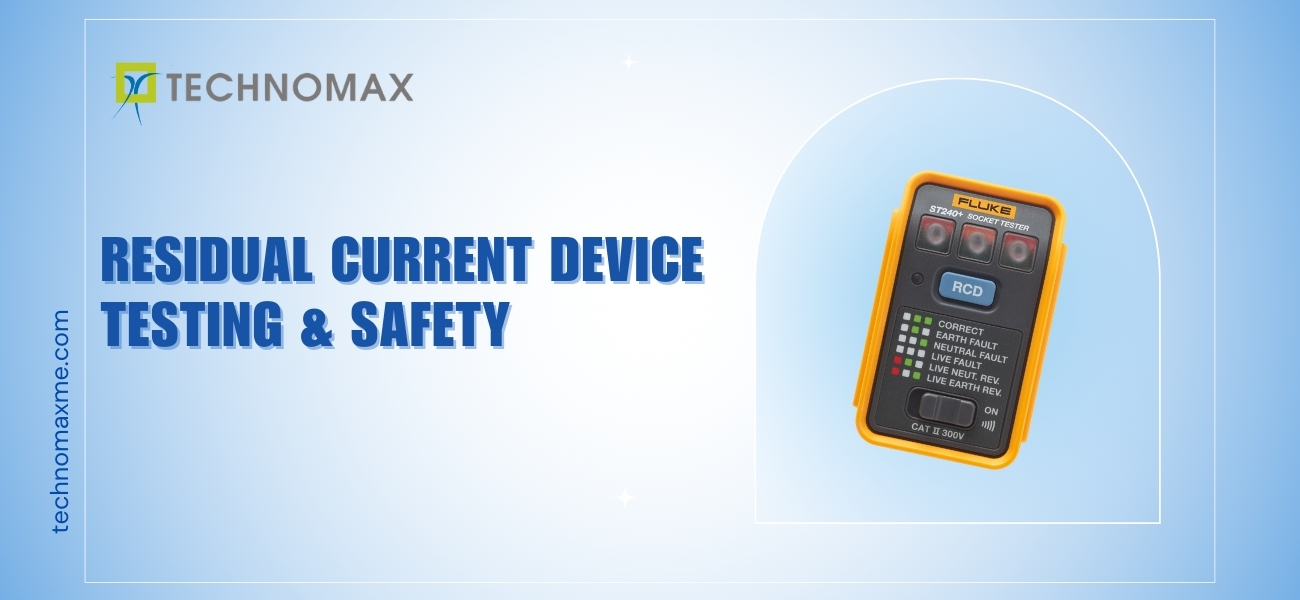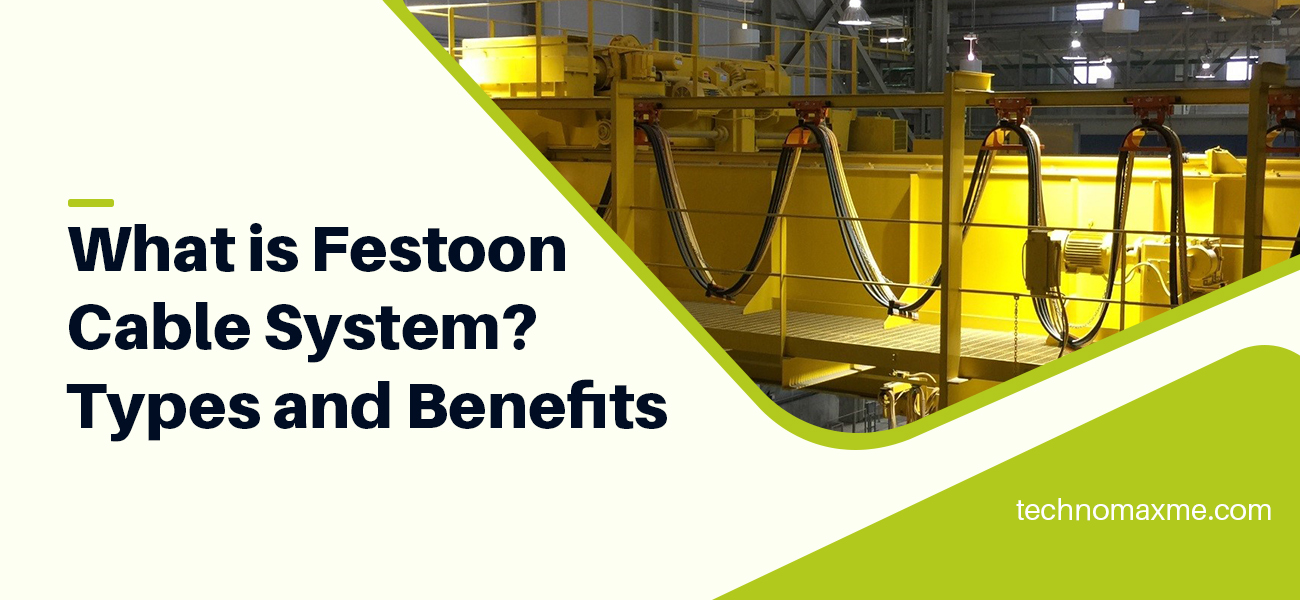
We should first learn about crane electrification to understand what festoon cables are.
Every project has its own set of issues that need special attention to the components to confirm optimum performance and endurance. As a result, each crane system must match the clients’ production needs while lowering overall maintenance costs. One of the foremost vital units of each crane and hoisting system is the electrification system. They deliver the travelling crane and hoist equipment with one or three-phase power supply and control signals that operate contactors, limit switches, and other operations.
Conductor bars, festoon cables, and cable reels are the three primary sorts of crane electrification systems. In this blog, we’ll target festoon cable systems, their differing types, and therefore the benefits of each of them.
You may also like to read:
- Leak Detection Services
- Steam Trap Inspection Survey
- AI Based Predictive Maintenance System
- Laser Shaft Alignment- An Overview
What Is a Festoon Cable System?
The Festoon system connects the power bar electrification system of your crane to your host. They are also capable of electrifying monorails and jib cranes. We can also utilise it to protect and guide circular cables, air, water, and gas hoses.
Festoon systems are commonly used in overhead cranes, jib cranes, port cranes, trash cranes, and other material handling applications. These systems are very stable and can be used in multiple indoor and outdoor applications to high temperatures and other demanding conditions. They can also be used to safely power and control explosion-proof cranes.
The festoon system is distinguished from other electrification systems by its speed, weight, and range of motion. Depending on the wires and hoses they organise, festoon systems are typically equipped with various clips or clamps. A simple festoon system consists of a clamp end that does not move, a control unit that shifts back and forth manually or automatically, and a series of trolleys or reels that support and secure the moving wires during machine operation. A festoon cable system ensures that moving equipment continues to receive power supply, compressed air, or hydraulic fluid while it is in use. A cable support system is also used in conveyor and gantry crane machinery because a pinched cable or air hose can cause the machinery to shut down.
Light-duty and heavy-duty cable festoon systems with rollers are available. We chose the system based on the site's environment, the cable type to be transported, and the total weight of the cable. If you're unsure which one to choose or are having problems with your cable system, you can always turn to experts like Technomax, who have years of experience and can provide you with everything you need.
Advantages of Festoon Systems
With the help of a festoon system, the trolleys can hold multiple layers of cables in an organized and heaped manner without twisting.
Festoon systems are simple to maintain and operate. It can be set up with inexpensive basic models to deal with a few light cables or customised with different complex cable packages for heavier-duty purposes. They are hard-wired to perform in harsh or extreme temperatures and conditions.
Parts of Festoon Cable System
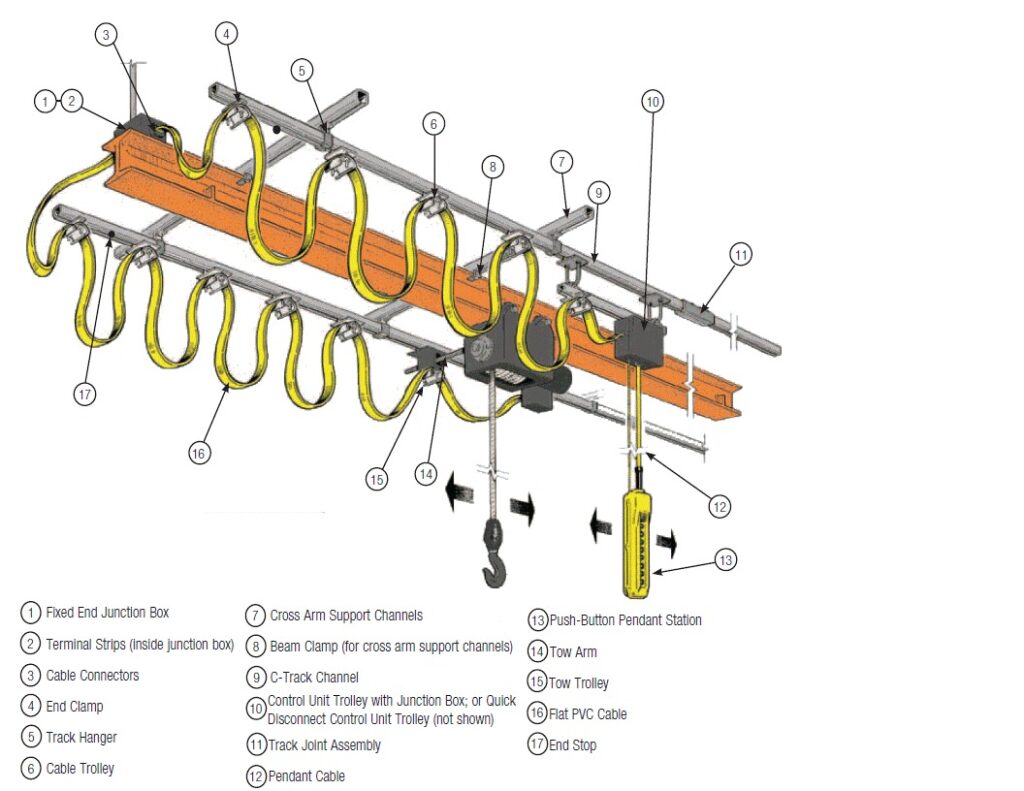
1. Fixed End Function Box
The fixed end junction box is a control box positioned on the fixed arm and regulates the Flat PVC's movement.
2. Terminal Strips (Inside junction box)
The control unit trolley has a control junction box with terminal strip combinations that are used to control the unit trolleys.
3. Cable Connectors
Flat PVC cable is terminated with cable connectors at the power source or junction box. These connectors are made of corrosion-resistant, flame-retardant materials and can be used for single or multiple wires. The connector's body is made of aluminum, and the bushing is made of rubber.
4. End Clamp
The festoon system's end clamp is a non-moving component. Tighten the bolts and install the end clamp assembly at the fixed end of the C-track. The end mouths of the tracks are covered with them.
5. Track Hanger
The track hanger is used to suspend heavy-duty C-track from cross-arm support channels. With only one mounting hole, the track hanger is designed to be placed on angle iron brackets. For each cross arm support bracket, a track hanger is required. Each track should be spaced 5 feet apart.
6. Cable Trolley
A cable trolley is required for each flat cable loop between the end clamp and the tow trolley. Inside the C-track, the cable trolley carries the electrical cable down the track. Install the carriers into the C-track slot after securing the channel.
7. Cross-arm Support Channels
Cross-arm support channels that are positioned perpendicular to the I-beam are supported by girder arms. At least two girder arms are used for each cross-arm support channel.
8. Beam Clamp (for cross arm support channels)
This clamp secures the cross arm support to the I-beam flange for mounting styles B and C.
9. C-Track Channel
These are steel C-shaped channels that the C-track travels through.
10. Control Unit Trolley With Junction Box; Or Quick Disconnect
The control box trolley is the initial mobile carrier in a control festoon system's mobile end. A mobile junction box or a quick disconnect connector can be used to wire a push-button pendant to the control box. Pendants are generally equipped with quick disconnects. This enables a simple transition from radio control to the traditional pendant.
11. Track Joint Assembly
Attachments are secured and aligned with the track segment using track joint assembly.
12. Pendant Cable
Pendant cables are used in control applications, delivering signals from push-button controllers to overhead cranes and gantries. The rope is sectioned off into lengths. These cables have been designed to withstand severe weights.
13. Push-Button Pendant Station
On push-button pendant stations, functions such as emergency stop, rotary selector switch, key switch, start, start / alarm buttons, up, down for hoist, left & right for the cross trip are just a few of the options. Forward & reverse for long trips in single-speed and dual-speed operations.
14. Tow Arm
They are positioned on the crane and are used to move the tow box in the festoon system. The bars are coated with steel and stainless steel plating.
15. Tow Trolley
A hole in the vehicle's body accommodates the towing bar. At the power festoon system's mobile end, the tow trolley is the first cable carrier. The crane power consumer is connected to the tow trolley through the tow arm. In the C-slot, install the tow trolley/control box trolley.
16. Flat PVC Cable
These black cables serve as a support for electrical, pneumatic, and hydraulic lines. Ripcords are included to help remove the outer jacket.
17. End Stop
These keep the end clamps in place and tight. They can also be used in conjunction with a control trolley to keep it from rolling out of the C-track.
Types and benefits of Festoon Cable System
Flat Festoon with Round Pendant Cable:
One of the most appealing aspects of this type of wire festoon system is its versatility. This festoon system is robust as it employs a spherical pendant cable. As a result, it gains the ability to work with a wide range of other systems.
This type of cable festoon system can be used for a variety of purposes. If you want an effective festoon system that is also flexible, the festoon round pendant table could be the solution. It is available now from reputable cable festoon system suppliers such as Technomax.
Heavy-Duty Festoon System:
This type of cable festoon is designed for heavy-duty applications, as the name suggests. There are single and double trolley systems in this type of festoon system. The festoon system is extremely simple to assemble. If you ever run into any problems while putting up the crane together, you can always contact Technomax for assistance.
C-Track Festoon System:
This type of festoon system has a longer life span and can withstand the rigours of varied industrial environments.
It is commonly comprised of stainless steel, which prevents rusting and corrosion. As a result, the C-track festoon system combines both quality and longevity.
C-Rail Cable
C-rail systems are used in crane production, transport systems, conservation technology, special engineering, and other applications. These cables come in a variety of coatings, including zinc-coated and stainless steel. Special adaptations are available for explosion-proof locations—ideal for both indoor and outdoor use.
Track-Mounted Cable Festoon Systems
Track-mounted systems can organise and transmit wires or hoses for power and control circuits. These systems are robust, efficient, easy to install and require very little maintenance. Galvanised steel, stainless steel, and even PVC are used for track materials. It can be used in dusty, filthy, or corrosive environments and high-temperature environments and applications requiring an explosion-proof design. Good cable management is crucial in light to medium-duty applications.
Square Rail Festoon Systems
This type of track works well in sloppy or dusty environments, may be utilised indoors or out, and is suitable for explosive-proof applications. We can configure it to run on a straight, curved, or circular track, making it perfect for monorail cranes. Square or diamond-shaped tracks are available as well.
I-Beam Cable Festoon Systems
For medium to high-duty operations and environments. There are a variety of carriers available, ranging from the most basic to the most customised. They are easy to maintain and have exceptional reliability in any working environment. Pre-assembled systems are offered for a quicker installation. It can be set up in a simple, cost-effective way or completely customised for specific uses. The most challenging environments include steel mills, factories, and ship-to-shore cranes. They're simple to put together and take care of.
Conclusion
Since the festoon cable system is as vital as any other component, you must consider all factors before deciding which festoon cable to employ. To ensure that your cranes are operating correctly, it's always a good idea to get guidance and recommendations from industry experts like Technomax.
Learn More About Our Services


Get Started Now!
It takes less than a minute of your time. Or you may simply call +971 2 555 1 783




